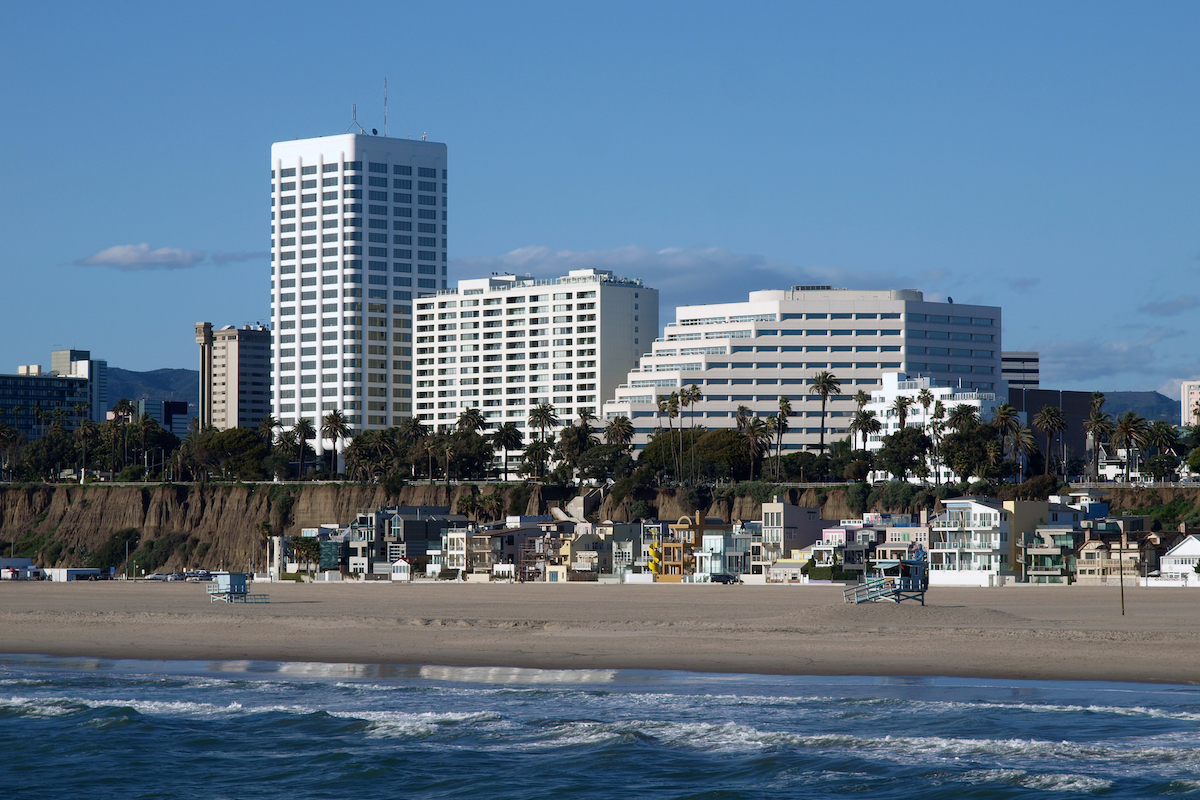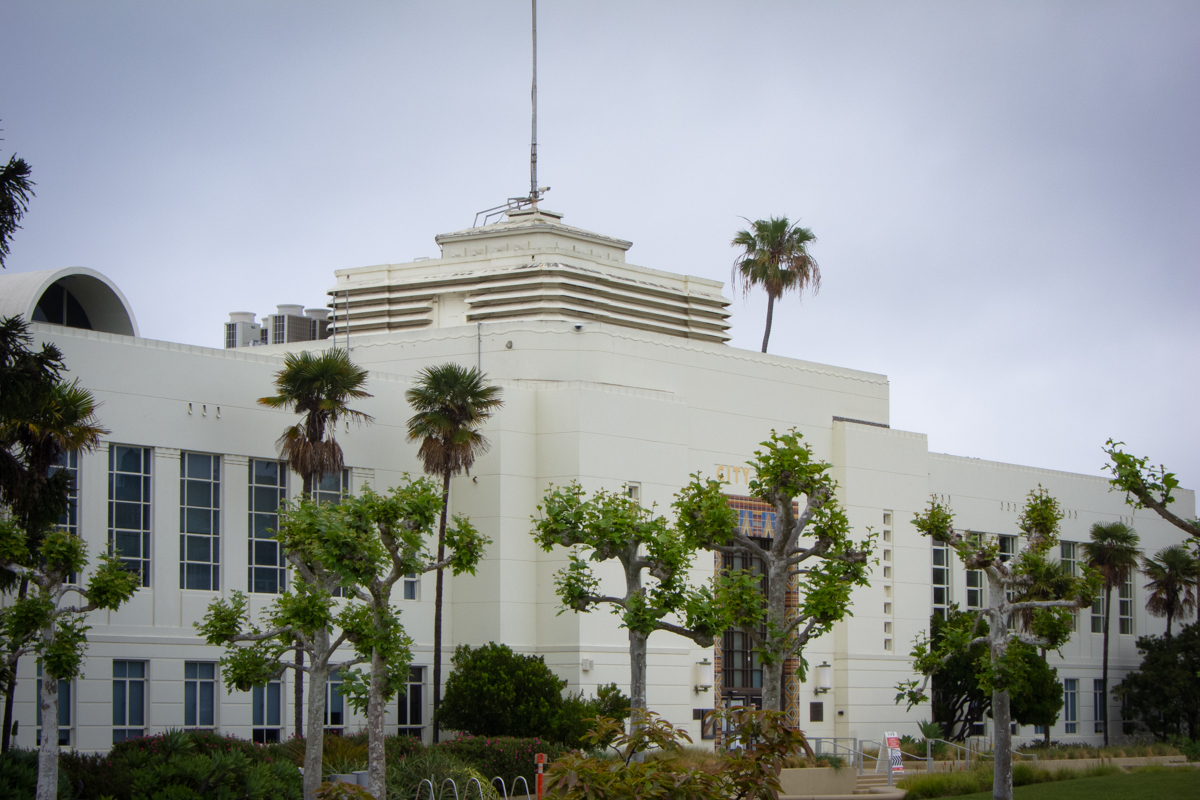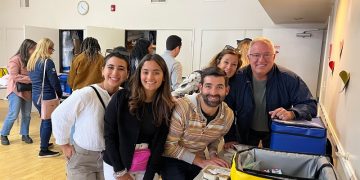By SMa.r.t
In the mid-19th century, America’s West held the promise of cheap land and riches. In some ways, this myth still holds. Last year, Oregon and California had the fastest growing economies in the United States.
Much of the economic growth is concentrated along California’s coast and in the Los Angeles region. This rapid pace of change has caught our city planners off guard. As a result, we are witnessing the degradation of the built and natural environments. City officials have been slow to recognize the negative impacts from newly approved projects. Often they have been complicit in this “land grab” that has resulted in the profits of outside interests taking precedence over residents’ needs and concerns.
Encinitas, Yorba Linda, and Sierra Madre are among Southern California cities that have adopted tough land use ordinances that require voter approval on projects that are outside of their zoning codes. Over 104,000 Los Angeles voters have signed a petition for the proposed Neighborhood Integrity Initiative; it will be on the March 2017 municipal ballot. Throughout Southern California, residents are using voter initiatives to push back against the trend to overbuild in their communities.
Santa Monica residents have placed their own Land Use Voter Empowerment Initiative (Measure LV) on the November ballot. If passed, the initiative will cap development in the city to Tier 1, the “by right” (32 feet, or 36 feet with housing) height in the current code. Projects that meet the height will be summarily approved by the City’s planning department; projects that exceed the height would require voter approval. The initiative adjusts the approval process for development, it doesn’t do away with development altogether.
Our City Manager recently said: “A sense of place does not consist of buildings, but the spirit and uniqueness of the environment in which it exists.”
Santa Monica has natural barriers that define our unique 8.4 square miles. These same barriers protect our unique character. The question then remains, who should control what occurs within them?
As new planning codes are being rewritten, development agreements for non-conforming projects continue to be approved. These projects often strain our resources, our infrastructure, and increase traffic on our streets. These ongoing problems will be borne on the backs of citizens long after the developers have pocketed their profits and left town. The memories of the Santa Monica from earlier times will not be there for our children to enjoy.
So, how can we both preserve our past as we plan our future? Do we need to tear down what is here to make room for that which is to come?
Currently 15 percent of our city is now available for development. Specifically, 40 percent of our downtown and 85 percent of our boulevards are comprised of 1 and 2-story buildings or parking lots. These buildings could provide the area for more than 8 million square feet of additional ground floor commercial development.
Above street level, it would be possible to create an additional 14,500,000 square feet of residential space, capable of housing up to 29,000 additional residents over the coming decades.
We should be repurposing buildings rather than just tearing them down. It’s a no brainer to save both public funds and our heritage.
Santa Monica must not become stuck in time. However, we should not race ahead with short-term planning. Our residents know that these developments are driven more by profit than common sense. Although increased density is inevitable, it must be well managed. It is a devil’s bargain to allow for unrestrained development in exchange for a few tax dollars or undersized low-cost units. No amount of “community benefits” can compensate for the negative impact that would ensue and then would be irreversible.
For Santa Monica to continue to be a progressive, livable city, we must find a way to balance our priorities of growth and quality of life. Our transition to the future will be successful only if we can plan ahead properly and act with restraint. We must act to preserve our city for future generations.
Thane Roberts for SMa.r.t. Santa Monica Architects for a Responsible Tomorrow
Thane Roberts AIA, Architect, Robert H. Taylor AIA, Mario Fonda-Bonardi AIA Planning Commission, Daniel Jansenson Architect, Samuel Tolkin AIA, Phil Brock, Santa Monica Arts Commission













